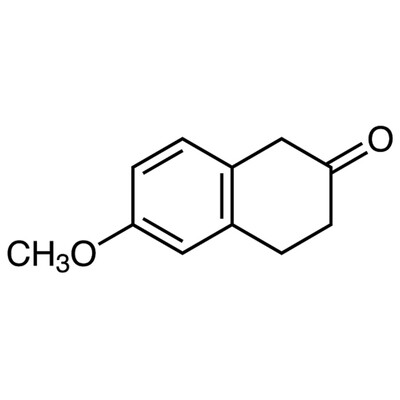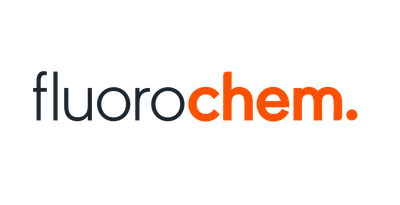2,3,5-Triphenyltetrazolium chloride, 10 g
2,3,5-Triphenyltetrazolium chloride ≥98 %, p.a.
Used in biochemistry to measure the activity of dehydrogenases and in vital staining to detect living cells through the reduction of tetrazolium to formazan via the dehydrogenases of the respiratory chain. Triphenyltetrazolium chloride can be used to measure the bacterial content of liquids in food analysis and/or to determine seed vitality. In microbiology it is used to distinguish between coliform and noncoliform bacteria, whereas in thin layer chromatography it is ideal as a spray reagent on reducing sugar, corticosteroids and other reducing agents.
| Kleuring | living cells red |
| Toepassing | vitality test |
U vindt nog meer aantrekkelijke aanbiedingen om uw chromatografielaboratorium te vervolledigen op onze Chromatografie pagina!
Although the principle of thin-layer chromatography is more than a century old, it did not make its breakthrough as an analytical method until about 50 years ago.
Thanks to the development of new sorbents and supports, as well as increasing instrumentation and automation, TLC has become a versatile separation method. It is used both in qualitative analysis and in quantitative analysis.
Applications range from simple manual separation processes in classic TLC to automated processes in HPTLC (high performance thin layer chromatography).
Advantages of thin layer chromatography:
- Higher sample throughput in less time
- Suitable for screening tests
- Pilot process for HPLC
- The ready-to-use TLC layer functions as a data storage device for separation results
- The separated substances can be used later for further analysis (e.g. IR, MS)
- By switching the mobile and the stationary phases, the separation process can be optimised quickly and cost-efficient
| Assay (arg., dry substance) | ≥98,0 % |
| Loss on drying (120 °C) | ≤2,0 % |
| Sulphated ash | ≤0,2 % |
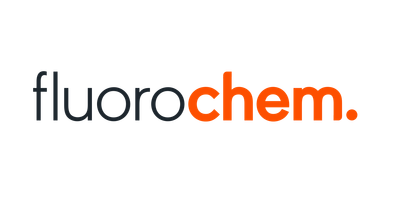

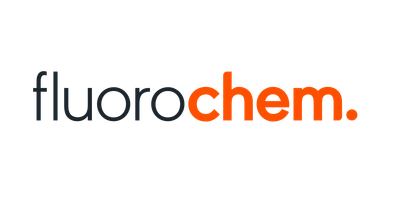
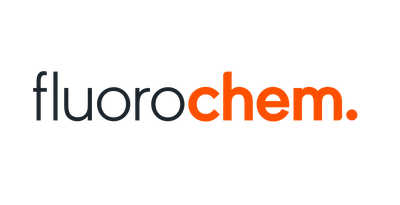
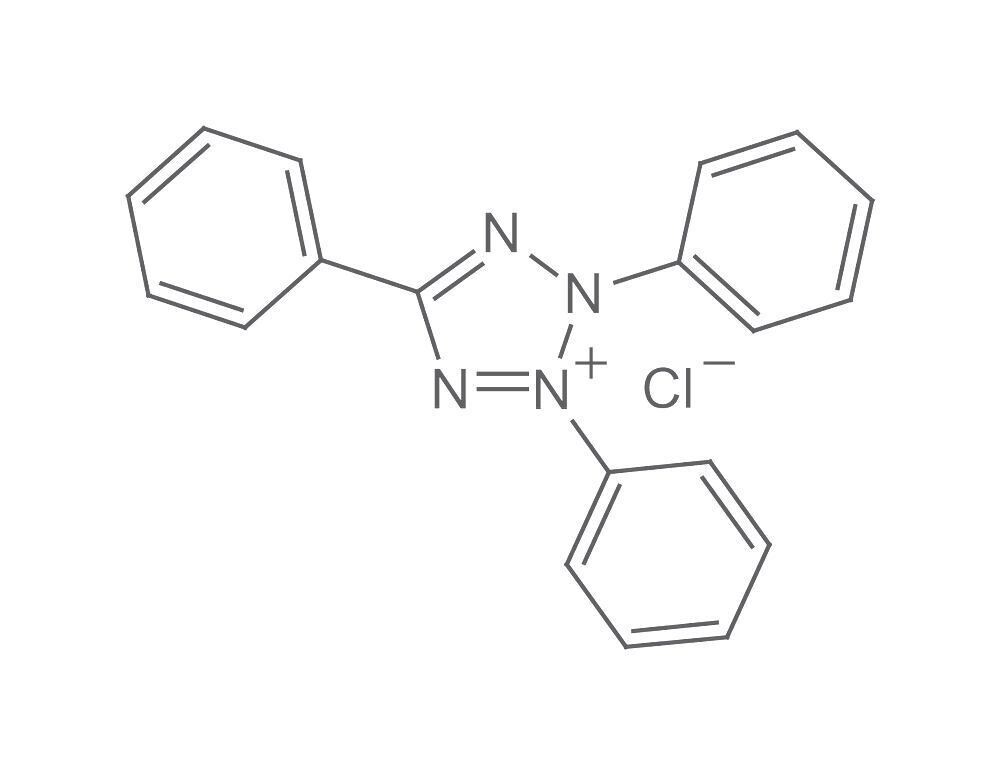
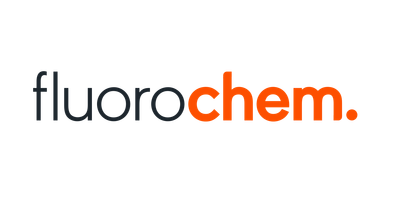
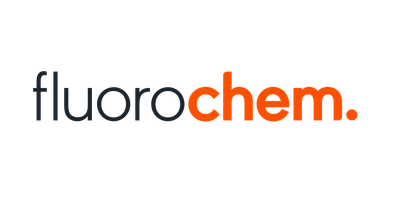
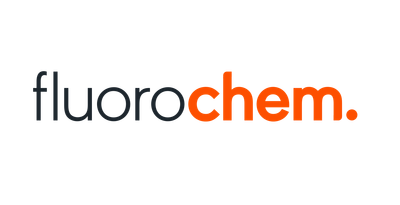
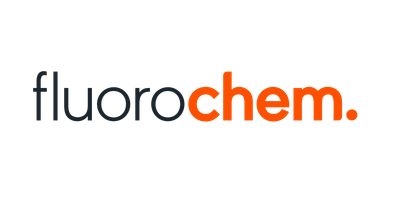
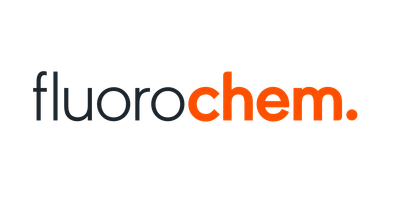
![[2,2'-Bi(1,3-dithiolylidene)]-4-carbaldehyde, 95%, 250mg [2,2'-Bi(1,3-dithiolylidene)]-4-carbaldehyde, 95%, 250mg](https://d2j6dbq0eux0bg.cloudfront.net/images/88473019/4856252341.png)
